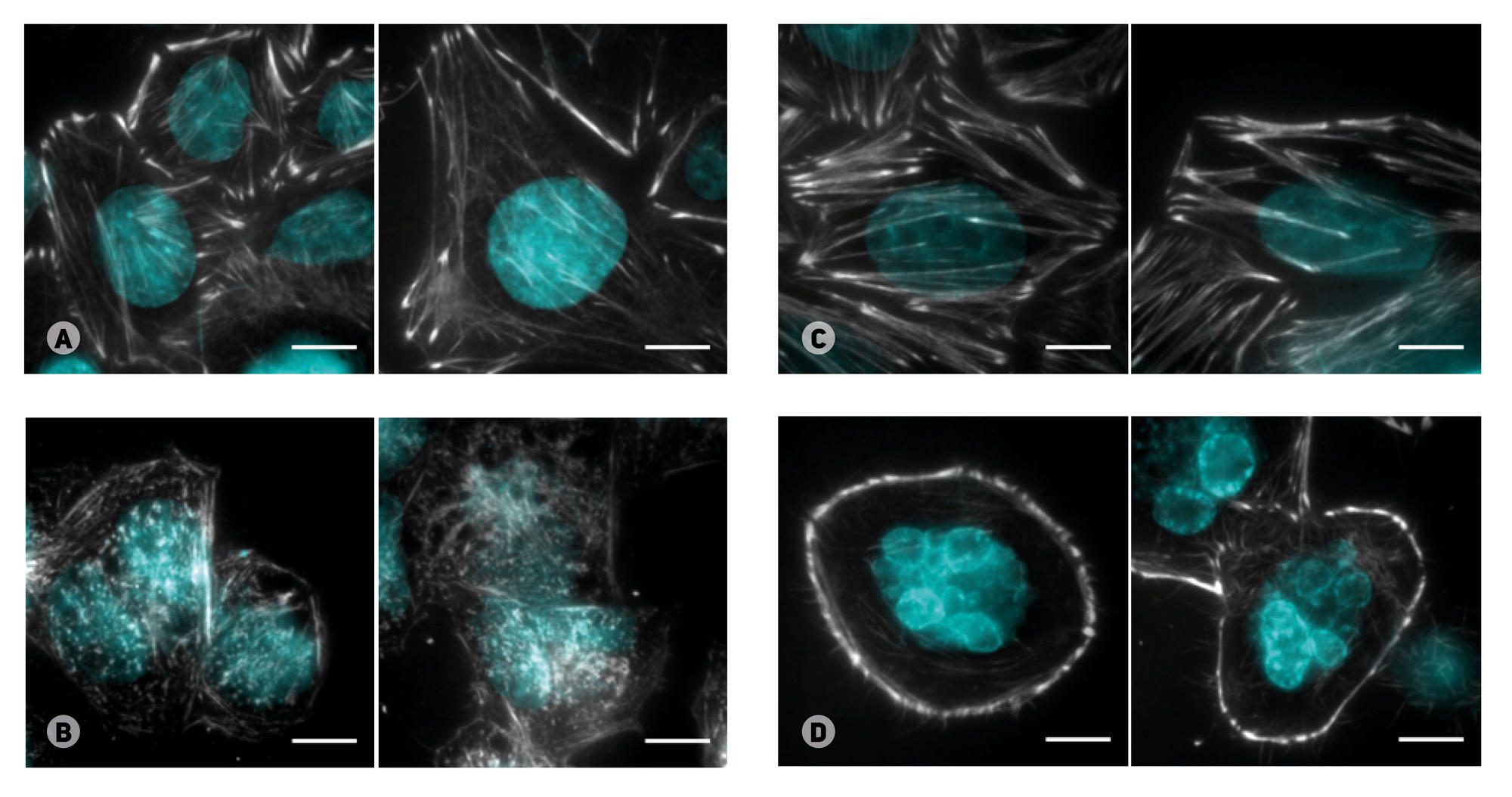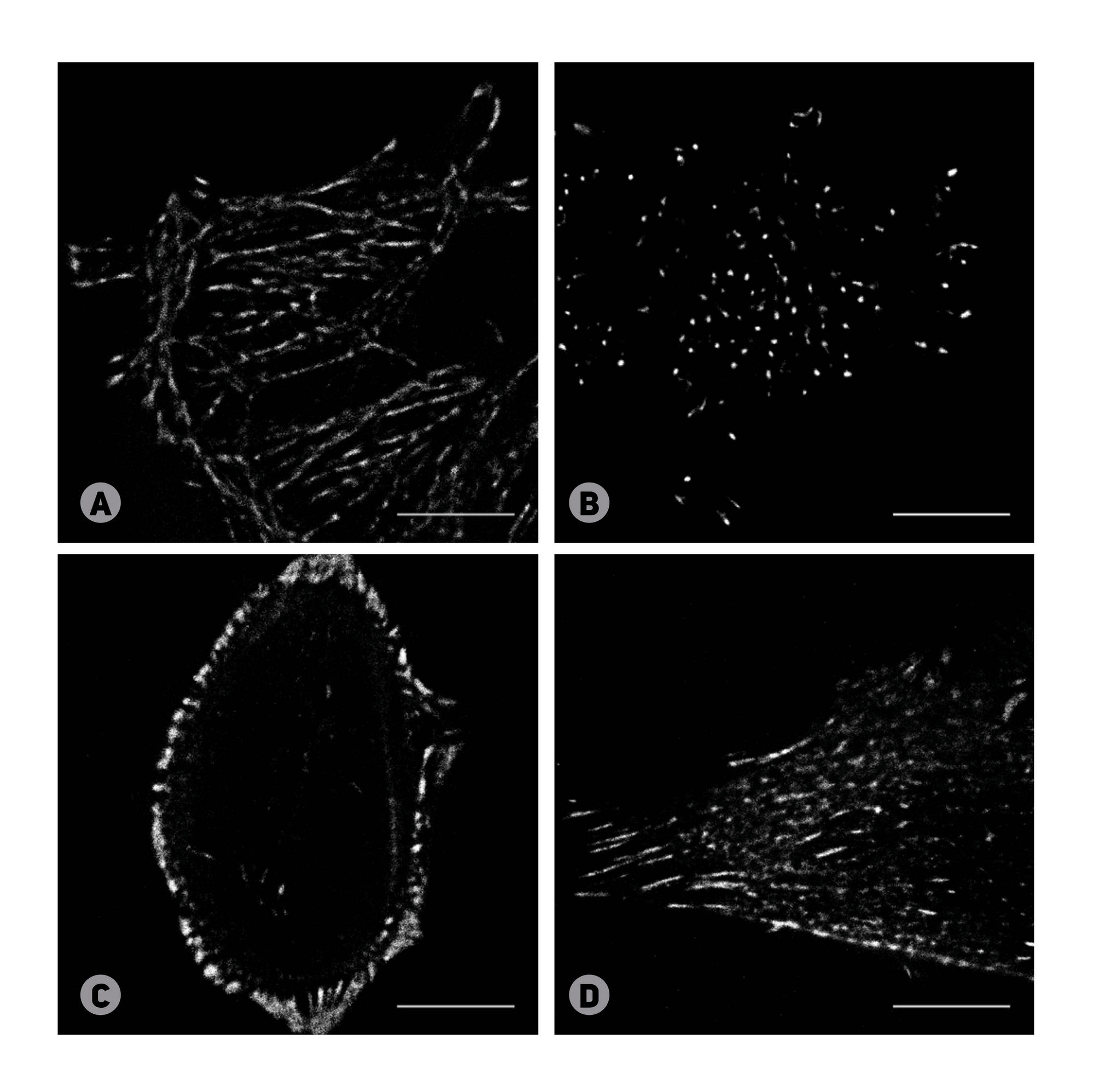
ORIGINAL RESEARCH
Fluorescence imaging of actin cytoskeleton changes in cancer cells upon chemotherapy
1 Research Institute of Biomedical Technologies,
Nizhny Novgorod State Medical Academy, Nizhny Novgorod, Russia
2 Lobachevsky State University of Nizhny Novgorod – National Research University, Nizhny Novgorod, Russia
3 Laboratory of Biophotonics, Department of Genetics and Postgenomic Technologies,
M. M. Shemyakin and Yu. A. Ovchinnikov Institute of Bioorganic Chemistry, Russian Academy of Sciences, Moscow, Russia
Correspondence should be addressed: Natalia Klementieva
pl. Minina i Pozharskogo, d. 10/1, Nizhny Novgorod, Russia, 603005; moc.liamg@aveitnemelkvn
Funding: this work was supported by the Russian Science Foundation (project no. 14-25-00129).
Acknowledgements: authors thank the IBCH Core Facility for the equipment.

